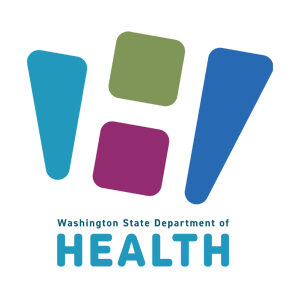Public Health Emergency Preparedness & Response Program
Preparing for, responding to, and supporting recovery from natural and human-caused incidents and threats that impact the public’s health.
Program Overview
The Public Health Emergency Preparedness and Response (PHEPR) program at Spokane Regional Health District (SRHD) works with other public health programs, health care providers, local and state emergency management, and community agencies to prepare for and respond effectively to incidents that impact the health of the people in Spokane County and surrounding areas. The PHEPR program also manages the Medical Reserve Corp (MRC) of Spokane County, a local unit of volunteers who work to improve the health and safety of their communities.
During an emergency, SRHD may be called upon to lead and coordinate public health and medical response. Through partnerships, planning, training, exercises, evaluation, and improvement, the PHEPR program supports equitable and evidence-based preparedness, response and recovery for the whole community.
PHEPR in Action
For over 20 years, PHEPR has responded to numerous public health incidents in Spokane including:
- Communicable disease outbreaks
- Extreme weather events
- Wildfire smoke impacts
- Power outages
Resources
Ready.gov Disasters and Emergencies

Ready.gov
Emergency resources for individuals and organizations developed by the Federal Emergency Management Agency (FEMA).


